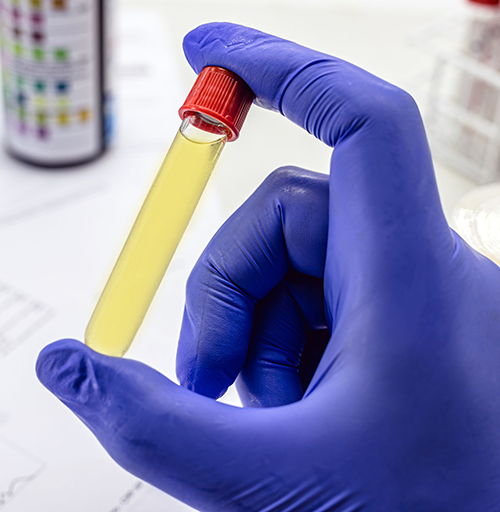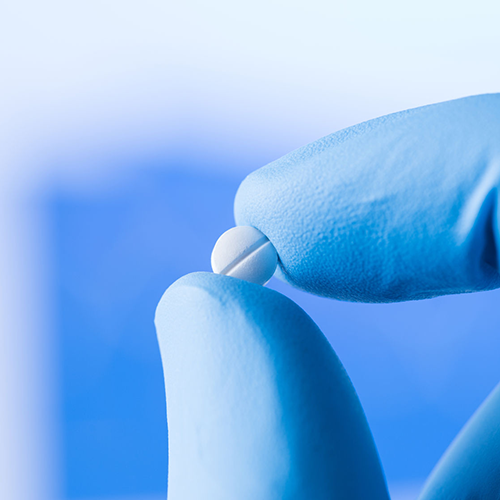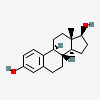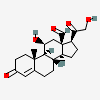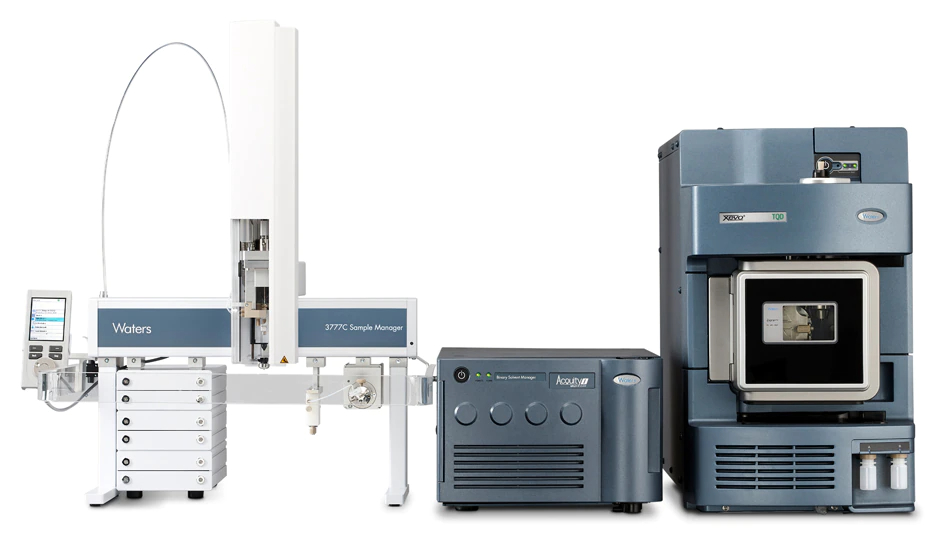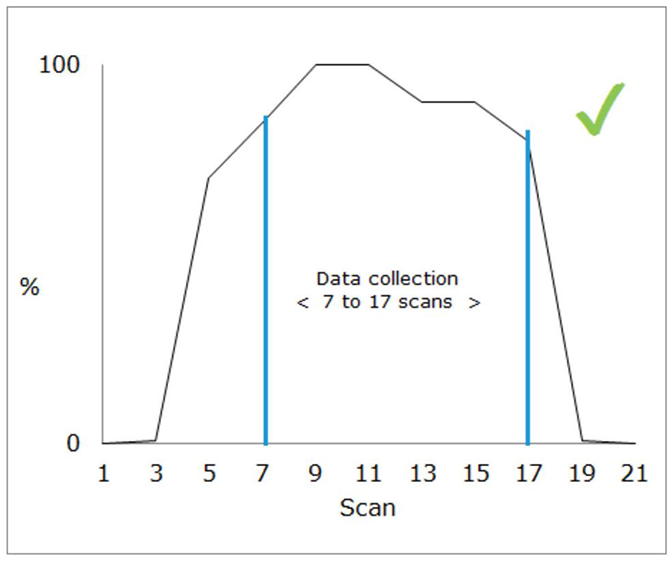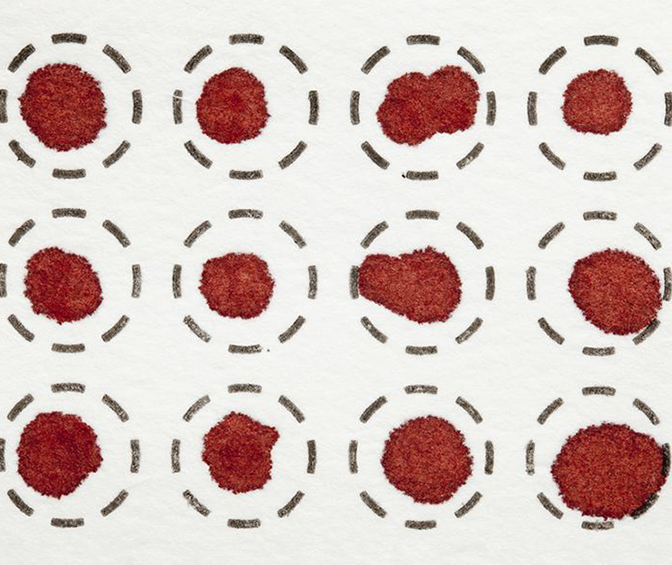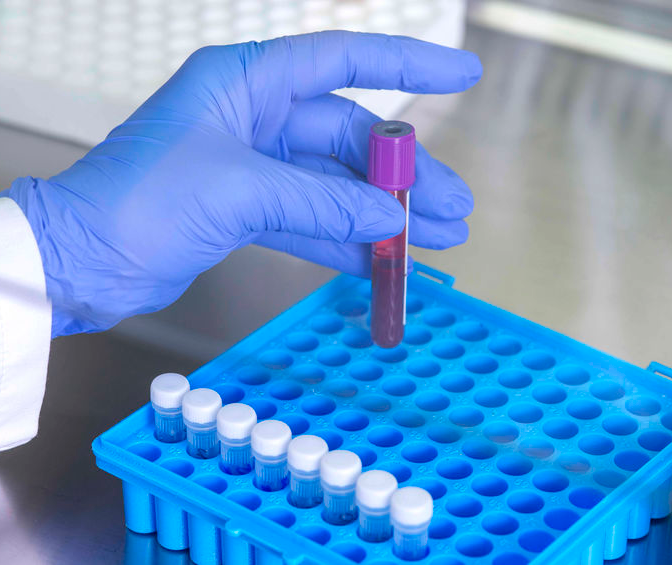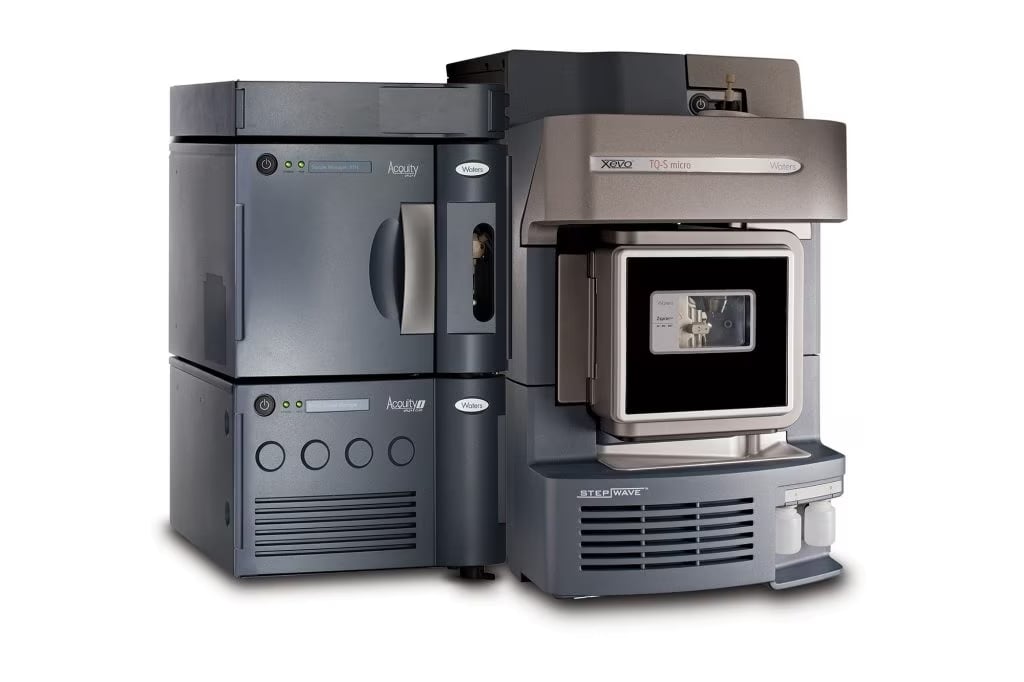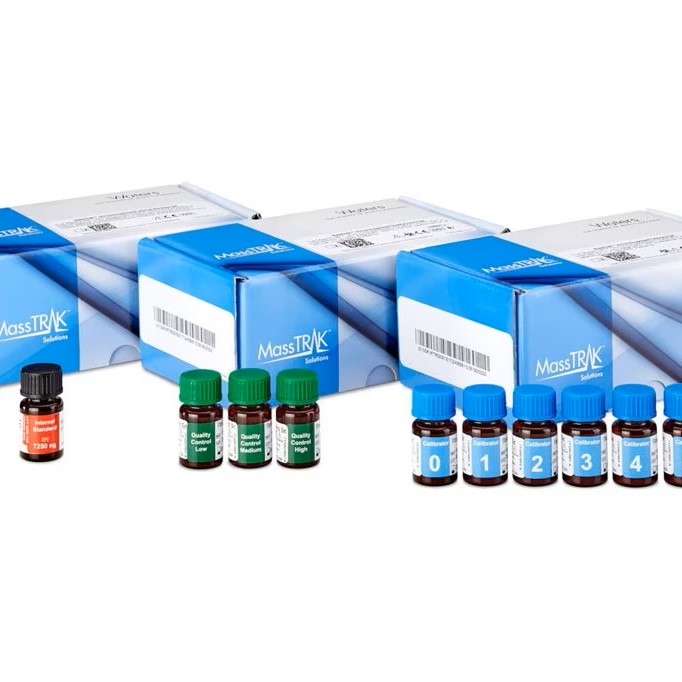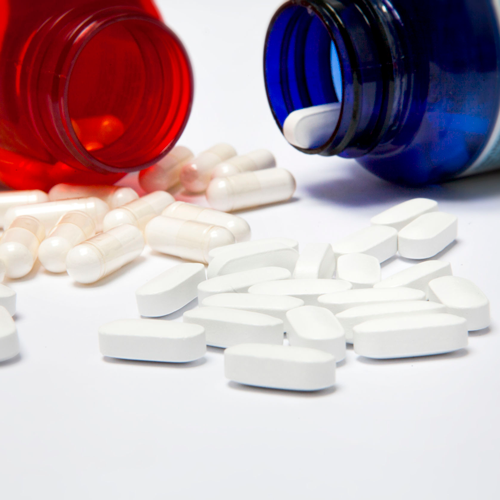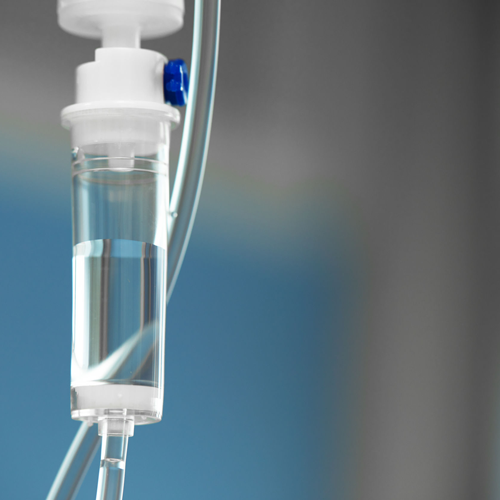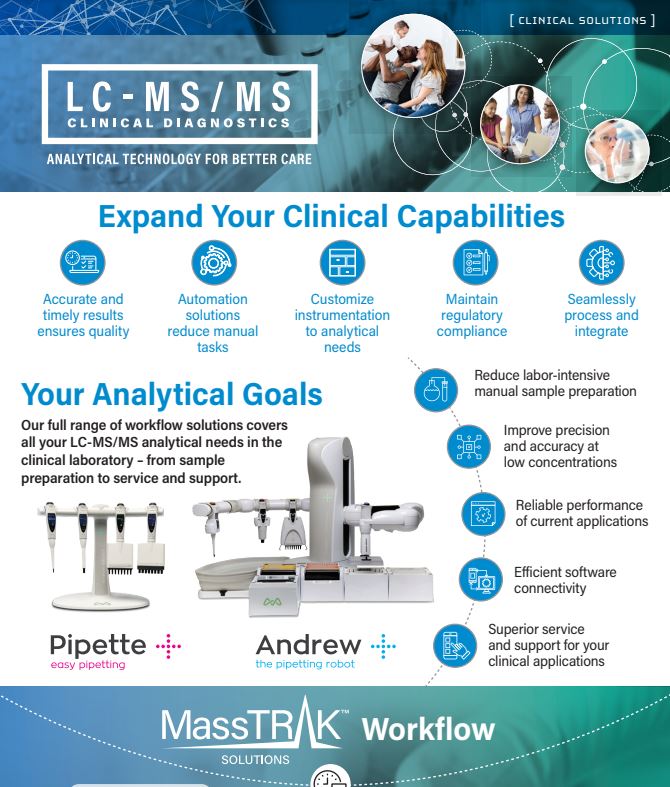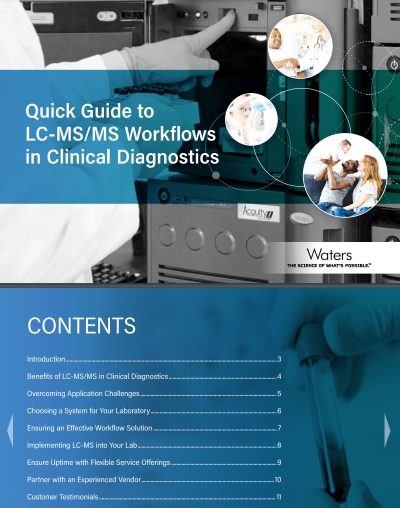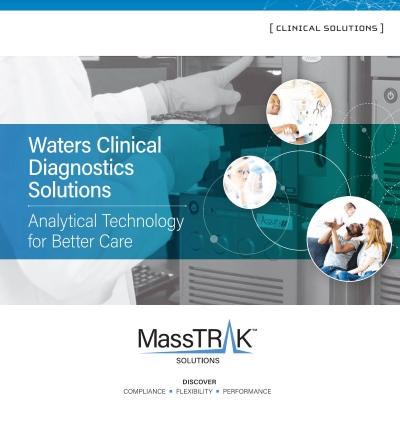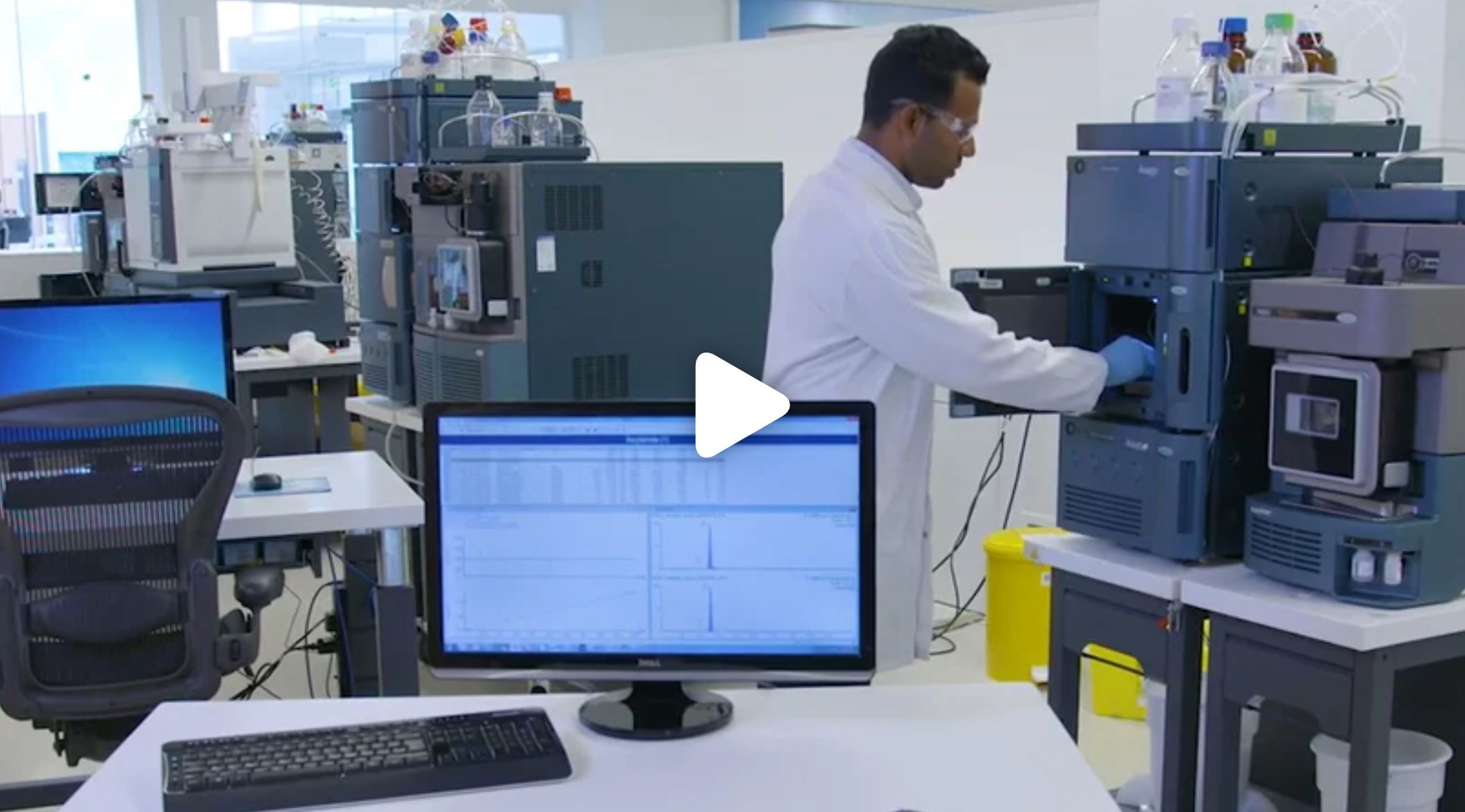Offering improvements in specificity, flexibility, and sample throughput when compared with other techniques such as gas chromatography-mass spectrometry (GC-MS) and immunoassays, LC-MS/MS has seen enormous growth in routine toxicology laboratories.
For example, in drugs of abuse testing, GC-MS has long been the gold standard over immunoassays as it also enables the identification of unknown abused drugs from a urine sample. However, to achieve the desired analytical sensitivity and resolution, most compounds of interest need to undergo derivatization to make them more volatile and compatible with GC analysis. In contrast, LC-MS/MS is ideal for non-volatile molecules, meaning an efficient separation can be achieved with less sample preparation.
From the analysis of pain management drugs, to blood alcohol testing, and depressants, explore more applications of LC-MS/MS in the toxicology laboratory below:
